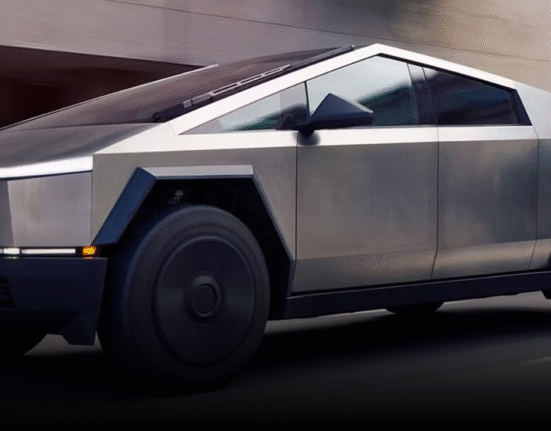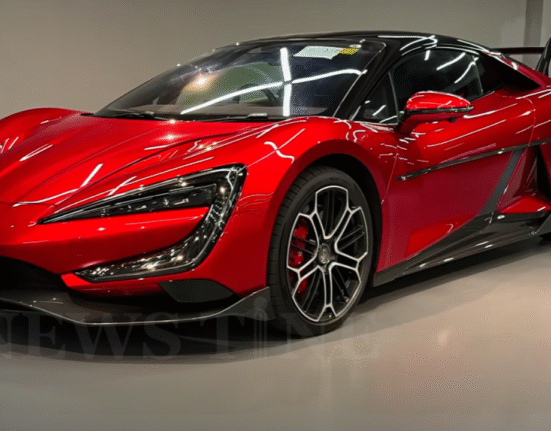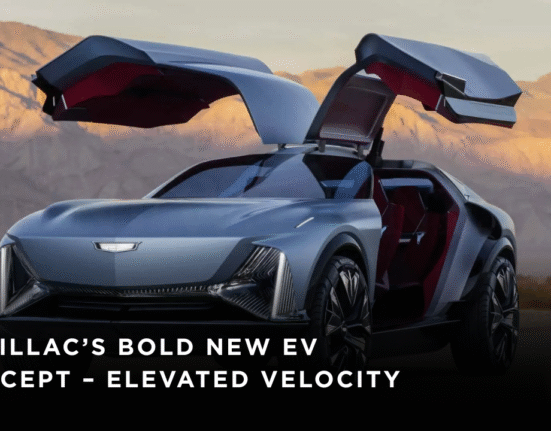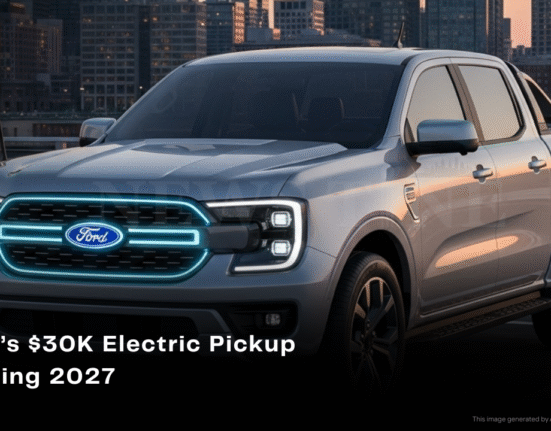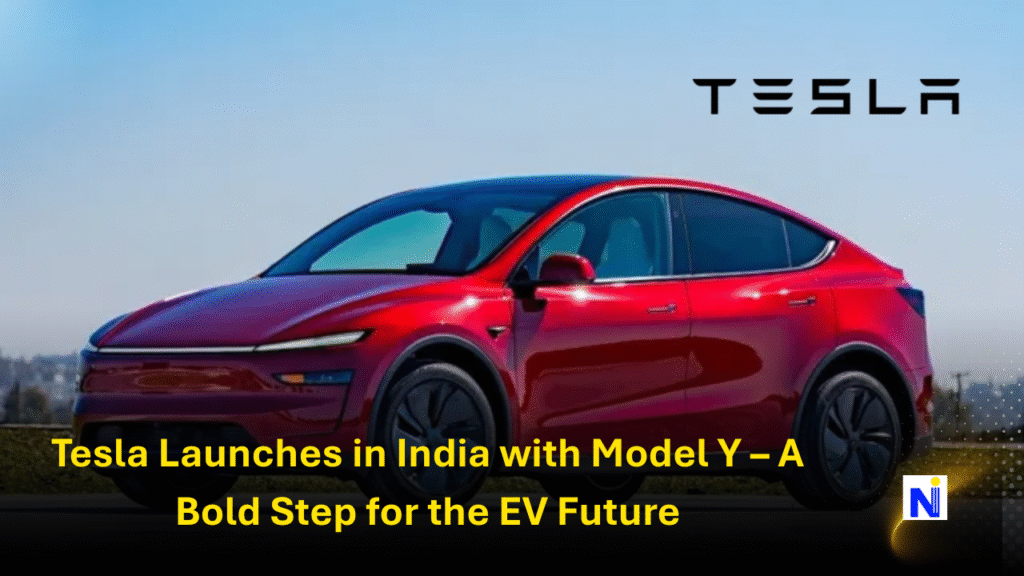
India Gets a Tesla, But at What Cost?
After years of anticipation, delays, and diplomatic negotiations, Tesla has finally rolled into India. The launch of the Model Y in Mumbai this week marked not just the arrival of an electric car, but the start of a bold new chapter in India’s EV evolution. But here’s the kicker—Tesla in India isn’t exactly affordable, with a jaw-dropping starting price of $70,000.
That’s more than double its price in the U.S. or China. So, the real question isn’t just whether Tesla will sell cars—it’s whether it can make a dent in a market where most people don’t spend that much on their homes, let alone a vehicle.
What Tesla Brings to India: Specs, Style, and Stature
Model Y: Tesla’s Mid-Luxury Workhorse
- Variants Offered:
- Rear-Wheel Drive (RWD)
- Long-Range RWD
- Driving Range:
- RWD: 500 km (310 miles)
- Long-Range: 622 km (386 miles)
- Top Speed: 201 km/h (125 mph)
- Warranty: 4 years or 80,000 km
- Driver-Assist Add-on: ₹600,000 (~$7,000)
This isn’t your average “family car.” With six color options, advanced features like Dashcam & Sentry Mode, automatic emergency braking, and blind-spot monitoring, Tesla is clearly aiming at India’s luxury segment.
Why Is Tesla So Expensive in India?
Let’s break it down. Tesla’s Model Y:
- U.S. Price: $44,990
- China Price: $36,700
- India Price: $70,000–$80,000
Main Reasons for the Price Surge
- Import Duties:
- India previously had a 110% import tax on fully built cars.
- Now lowered to 15%, but only for brands promising to set up local factories within 3 years.
- No Local Production (Yet):
- Tesla is importing its cars, which means duties still hit hard.
- Luxury Classification:
- Tesla positions itself against BMW, Audi, and Mercedes in India—not Tata or Mahindra.
“Import duties [in India] are the highest in the world by far of any large country,” Musk once tweeted—frustrated but not wrong.
India’s EV Ecosystem: A Road Under Construction
Current EV Market Snapshot
| Metric | Value |
|---|---|
| EV Share of Car Sales (2024) | 2.5% |
| National EV Target (by 2030) | 30% |
| Public Charging Stations | 26,367 |
| Population | 1.46 Billion |
| Charging Station Ratio | 1 per 235 EVs |
Leading Local EV Makers
- Tata Motors: ~60% EV market share
- JSW MG Motor (SAIC tie-up)
- Mahindra & Mahindra
Challenges Tesla Faces
- India’s per capita income is just $2,880/year
- Poor road infrastructure & traffic discipline
- Limited charging infrastructure
“We are building from 0 to 100. It will take time,” said Isabel Fan, Tesla’s regional director, at the Mumbai launch.
Competition: Not Just Local, But Global
Direct Competition in India
| Brand | Model | Price (Approx.) |
|---|---|---|
| Mercedes-Benz | EQB | $77,000 |
| BMW | iX1 | $70,000 |
| Kia | EV6 | $64,000 |
| Volvo | EC40 | $68,000 |
But Tesla also benefits from a geopolitical tailwind—India’s frosty relations with China. That’s sidelined major competitors like BYD, whose $1B plant proposal was rejected in 2023.
“BYD is a direct competitor to Tesla, but the brand is also facing challenges in India,” says Kwan Wongwetsawat, senior analyst at GlobalData.
Global Reality Check: Why India Now?
Tesla Sales Are Dropping Elsewhere
- U.S.: 6.3% sales drop in Q2 2025
- Europe: Market share fell to 1.2% in May
- China: Deliveries down by 12% in Q2
Consumers are flocking to cheaper Chinese EVs. Meanwhile, Musk is juggling political feuds—like a fresh clash with Trump, who’s threatening to cut EV subsidies.
With things heating up at home, India is a logical bet for Tesla to regain some traction.
What’s at Stake for Tesla?
High Risks
- Low affordability among Indian masses
- Nascent infrastructure
- Premium pricing deters volume sales
High Rewards
- Strong brand pull in tech-savvy urban India
- No dominant premium EV player yet
- Potential to set up solar energy and battery storage arms
If Tesla can weather the initial hurdles and go local with manufacturing, India could be the brand’s biggest long-term play outside the U.S.
A Bumpy but Promising Ride Ahead
Tesla in India is more than just a car launch. It’s a litmus test for how well premium electric mobility can thrive in a price-sensitive, infrastructure-lagging market. While the Model Y may not sell like samosas, its presence is still symbolic.
It’s a bold entry, full of speed bumps—but also full of promise.



